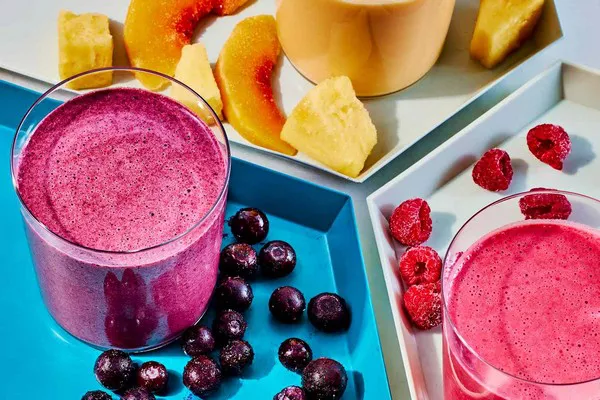Christmas in Canada is not just a holiday; it’s a time steeped in rich traditions that bring together family and friends over hearty, comforting meals. This article explores the essence of a traditional Canadian Christmas dinner, highlighting key dishes, culinary influences, and regional variations that make this festive feast unique.
The Origins and Influences
Canada’s Christmas culinary traditions are a delightful blend of indigenous ingredients, European influences, and local innovations. Early settlers brought traditions from their homelands, which fused with native ingredients to create a distinctive Canadian Christmas menu. Over time, regional variations developed, reflecting the diverse cultural tapestry of the country.
Main Courses: The Heart of the Feast
At the center of a Canadian Christmas dinner table, you’ll typically find a succulent roast. While the choice of meat can vary by region and personal preference, roast turkey reigns supreme in many Canadian households. It’s often accompanied by stuffing made with herbs, vegetables, and sometimes even local fruits like cranberries, reflecting Canada’s abundant harvests.
In Quebec, a traditional dish known as tourtière takes the spotlight—a savory meat pie filled with a blend of ground pork, veal, or beef, seasoned with spices like cinnamon and cloves. This dish not only warms the belly but also evokes a sense of familial tradition passed down through generations.
For those nearer to the coastlines, particularly in the Atlantic provinces, seafood may feature prominently. Lobster, scallops, or even a hearty fish stew can grace the table, showcasing Canada’s maritime bounty.
Side Dishes: Flavors of the Season
No Canadian Christmas dinner is complete without a variety of side dishes that complement the main course. Roasted vegetables, such as carrots, parsnips, and Brussels sprouts, often seasoned with maple syrup or local herbs, add a sweet and savory balance to the meal. Mashed potatoes, sometimes enriched with butter and cream, provide a comforting base.
Influences from French and British culinary traditions are evident in side dishes like Yorkshire pudding or buttery bannock bread, served alongside the main course. These additions not only add depth to the meal but also reflect Canada’s historical ties to these European cultures.
SEE ALSO: What to Cook with Christmas Ham
Sweets and Treats: Indulgences for the Season
Christmas desserts in Canada are a celebration of sweetness and warmth. Classic treats like butter tarts, filled with a gooey mixture of butter, sugar, and sometimes raisins or nuts, are a staple on many holiday tables. Nanaimo bars, originating from British Columbia, offer layers of chocolate, custard, and coconut on a crumbly base—a true Canadian confection.
For those with a penchant for fruit, Christmas fruitcake, soaked in rum or brandy and packed with dried fruits and nuts, makes a festive appearance. Gingerbread cookies shaped like snowflakes or decorated with icing and candies add a whimsical touch, especially popular with children and adults alike.
Beverages: Toasting the Season
To wash down the feast, Canadians often enjoy a variety of beverages that reflect both tradition and personal taste. Mulled wine, warmed with spices like cinnamon and cloves, offers a comforting sip on cold winter nights. Eggnog, spiked with rum or brandy and topped with a sprinkle of nutmeg, is a creamy indulgence cherished during the holiday season.
For non-alcoholic options, hot apple cider infused with cinnamon or cranberry juice mixed with sparkling water provide refreshing alternatives that cater to all ages.
Regional Variations: From Coast to Coast
Across Canada’s vast landscape, regional variations in Christmas dinner traditions add depth and diversity to the festive season. In Western Canada, influences from Indigenous cuisine may see dishes like bannock and wild game incorporated into the feast. In the Prairies, hearty meat dishes like prime rib or venison roast may take center stage, reflecting the agricultural roots of the region.
In Ontario and the Great Lakes region, culinary influences from both French and British settlers converge, creating a blend of dishes that range from roast goose to butter tarts. Meanwhile, in the Maritimes, seafood remains a cornerstone of Christmas feasts, with dishes like lobster or scallop casseroles gracing the table alongside traditional fare.
Conclusion
A traditional Canadian Christmas dinner is more than just a meal; it’s a celebration of heritage, community, and the joys of the season. Whether gathered around a roast turkey with all the trimmings or savoring a slice of tourtière by the fireside, Canadians embrace the opportunity to share in the warmth and flavors that define this special time of year. From coast to coast, the culinary traditions of Christmas in Canada continue to evolve, yet they remain rooted in the spirit of togetherness and the love of good food.
Related Topics:



























